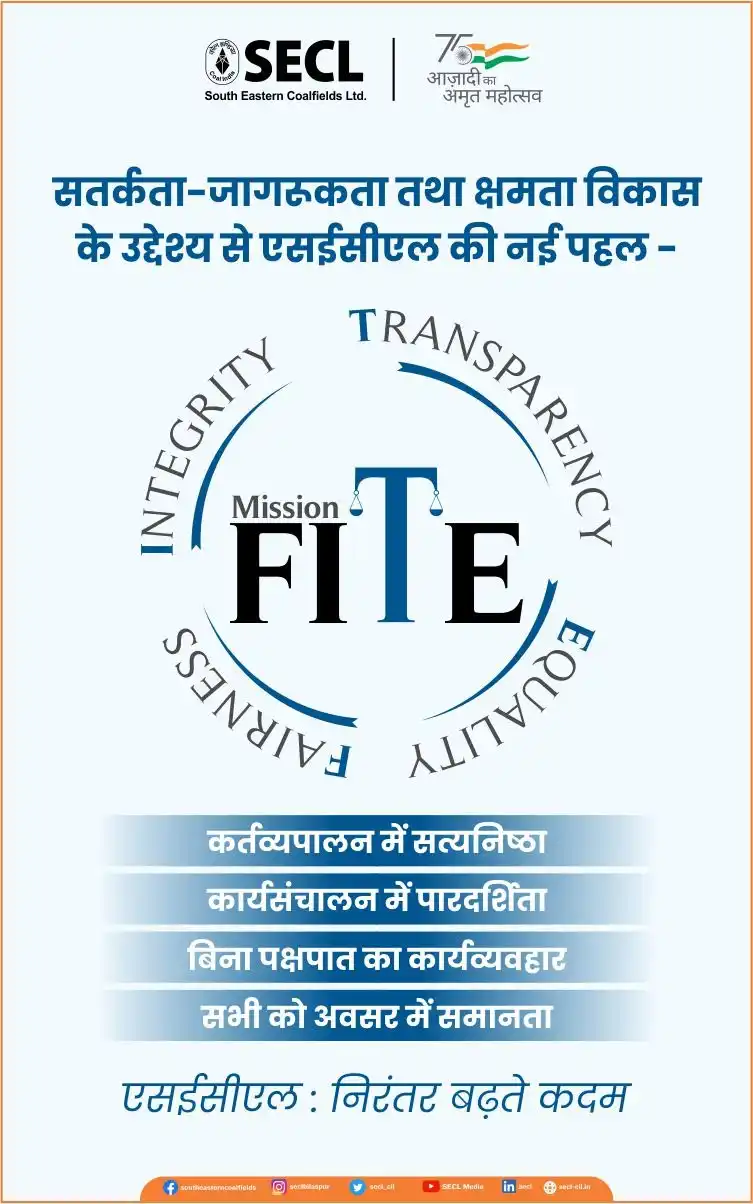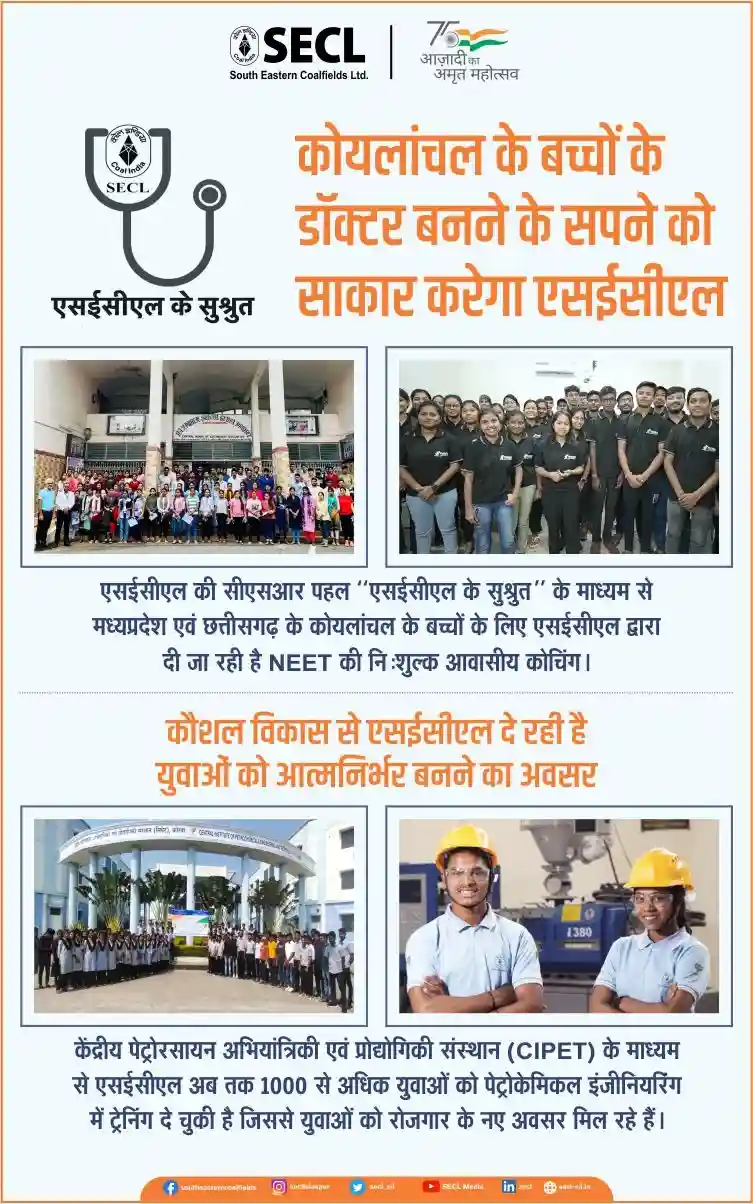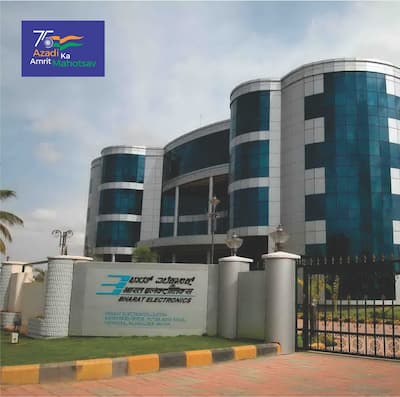Despite the trying circumstances sparked by the Covid-19 pandemic, India’s formal & informal job sector is witnessing strong resilience and growth.
Indeed, the unemployment rate for the urban sector had risen to 20.8 percent in India in the first quarter of 2020-21. However, following the revival of the economy in the subsequent quarters of 2020-21, the three labour market indicators — labour force participation rate (LFPR), worker population ratio (WPR) and unemployment rates (UR) — showed a swift recovery.
While the unemployment rate gradually dipped during this period to reach 9.3 per cent in Q4 of 2020-21, the unemployment rate for males as well as females, aged 15 & above, recovered to the pre-pandemic levels. Both the LFPR and WPR for males as well as females, aged 15 & above, reached almost their pre-pandemic levels during the last quarter of 2020-21, said the Economic Survey.
In fact, the economic survey has once again testified the growth of jobs in India’s formal & informal sector.
As per the Economic Survey document released by the finance minister Nirmala Sitharaman, Pradhan Mantri Garib Kalyan Rojgar Abhiyaan (PM-GKRA) generated 50.8 crore man-days employment as of July, 21 with an expenditure of Rs 39,293 crore.
The PM-GKRA is aimed at immediate employment & livelihood opportunities to returnee migrant workers across six states of Bihar, Jharkhand, Madhya Pradesh, Odisha, Rajasthan, and Uttar Pradesh.
On the other hand, the Mahatma Gandhi National Rural Employment Guarantee Scheme (MGNREGS) 2021-22 as of November 2021 provided employment of 8.85 crores. Funds of Rs 68,233 crore were released.
While Aatmanirbhar Bharat Rojgar Yojana (ABRY) aimed to reduce the financial burden of the employers and encourage them to hire more workers, implemented by EPFO. As of November 2021, the benefit reached out to 39.43 lakh beneficiaries through 1.15 lakh establishments.
Micro, Small & Medium Enterprises (MSMEs) contribute significantly to the economic and social development of the country by fostering entrepreneurship and by generating employment opportunities.
The revision in the definition of MSMEs brought in 2020 as part of the AtmaNirbhar Bharat package introduced composite criteria of investment and annual turnover- and identical limits for the manufacturing and services sector.
The modified definition of MSMEs will facilitate the expansion and growth of these enterprises. The survey mentioned those resulting economies of scale can enhance productivity without the MSMEs losing out on several government incentives including market support, export promotion, preferential procurement in the public sector, and incentives through the Micro Small Enterprises- Cluster Development Programme (MSE-CDP), Prime Minister Employment Generation Programme (PMEGP) and Scheme of Fund for Regeneration of Traditional Industries (SFURTI) and enabling of IT ecosystems.
This enabling environment will promote competition and avoid dwarfism among MSMEs. The recent measures taken by the government to improve the ease of doing business for the MSMEs include the launch of the new Udyam Registration Portal in July 2020.
The registration process under this is fully online, digital, paperless, and is based on self-declaration. No documents or proof are required to be uploaded for registering as a micro, small and medium enterprise. Aadhaar and PAN are required for registration and details on investment and turnover of enterprises are taken automatically from relevant Government databases.
As of January 2022, around 66,34,006 enterprises have registered on the Udyam portal, out of which 62,79,858 are micro; 3,19,793 are small; 34,355 are medium enterprises. Further, among the new measures, the retail and wholesale trades were included as MSMEs and they are allowed to be registered on the Udyam Registration Portal. However, the benefits to retail and wholesale trade MSMEs are to be restricted to Priority Sector Lending only. In this regard, now, street vendors can also register as retail traders on Udyam Registration (UR) portal and avail the benefit of priority sector lending.
Allocation to MGNREGS in FY 2021-22 increased to Rs73,000 crore, from Rs61,500 crore in FY 2020-21. Allocation for FY 2021-22 has been enhanced to Rs 98000 crore so far. In FY 2021-22 over 8.70 crore individuals and 6.10 crore households were provided work so far.
According to the survey, till December 2021, 8.07 crore households are mobilized into SHGs. The number of SHG households engaged in farm livelihoods in 2021-22 (till December 2021) stood at 1.47 crore as against 1.16 crore in 2020-21 and 0.86 crores in 2019-20. The number of SHG members involved in non-farm livelihoods in 2021-22 increased to 1.82 lakhs (till December 2021) members from 1.55 lakhs in 2020-21 and 0.98 lakhs in 2019-20
In order to get a better understanding of jobs in the formal sector, a point to note is the November 2021’s EPFO job data.
According to the Employee’s Provident Fund Organisation (EPFO), formal job creation in India jumped by 37.9% in November 2021, with 1.39 million net new subscribers added to EPFO rolls.
Month-on-month basis, EPFO registered a growth of 25.6% in November, or 0.28 lakh more subscribers were added compared to 1.11 million net new subscribers added in October 2021.
The highest number of net enrolments were registered in the 22-25 years age group with 0.36 million net new additions during November while the 18-21 years age group saw an addition of 0.28 million net enrolments.
Establishments in states like Haryana, Gujarat, Karnataka and Maharashtra led the formal job creation spree, with 0.84 million subscribers added during the month in these states, which is around 60.60% of total net payroll addition across all age groups.
MSMEs, which contribute nearly 29% of the country’s total GDP, around one-third of the total manufacturing output and around 40% of the total exports, also employ roughly 11 crore people. This is why the government paid special attention to this sector and a whopping 1.5 crore jobs were saved.
In January, the Emergency Credit Line Guarantee Scheme (ECLGS) helped save around 13.5 lakh units and 1.5 crore jobs in the MSME sector. Of the 13.5 lakh MSME accounts that have been saved, almost 93.7% are in the micro and small category. So, the most vulnerable enterprises have been the major beneficiaries of the scheme. The Credit Guarantee Scheme has helped the government save MSME loan accounts worth Rs. 1.8 lakh crore from slipping into non-performing assets (NPA).
According to a quarterly employment survey issued in the second week of January 2022 by the labour ministry, total employment created by nine key industries stood at 3.10 crore in the July-September 2021 quarter, which is 2,00,000 more than the April-June period.
According to the quarterly employment survey (QES) report given by Union Labour Minister Bhupender Yadav, overall employment in the nine specified industries in April-June 2021 was 3.08 crore.
The increase reflects an uptick in economic activity following the relaxation of lockdown restrictions imposed by governments to prevent the spread of the virus after the second wave of the COVID-19 pandemic hit the country in April 2021.
Manufacturing, Construction, Trade, Transportation, Education, Health, Accommodation and Restaurant, IT/BPO, and Financial Services are the nine sectors that account for the bulk of non-farm employment. However, this survey is limited to businesses with ten or more employees only.
Follow on Facebook (https://www.facebook.com/industrialpunch) and Twitter (https://twitter.com/IndustrialPunch) for updates on social media…

















